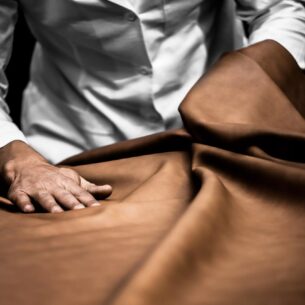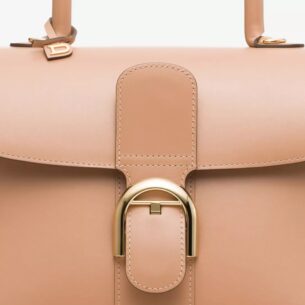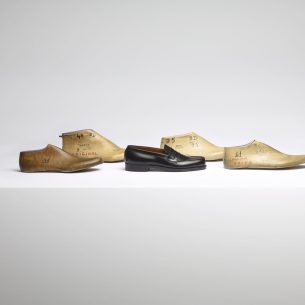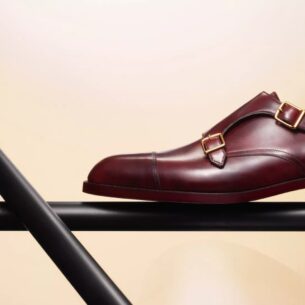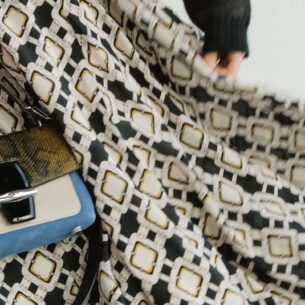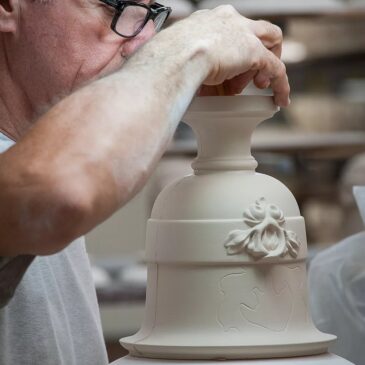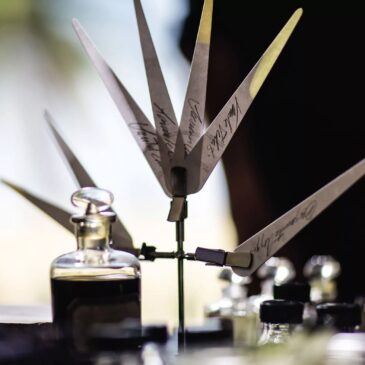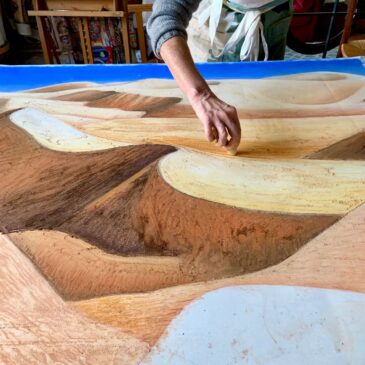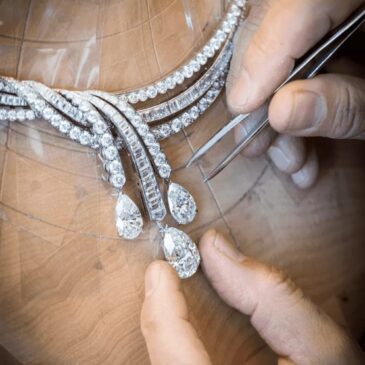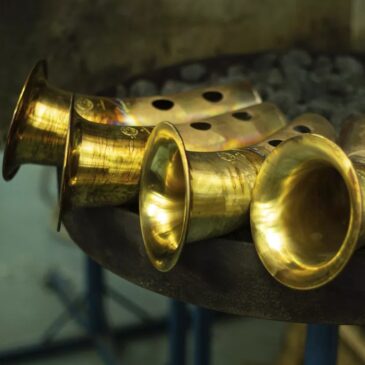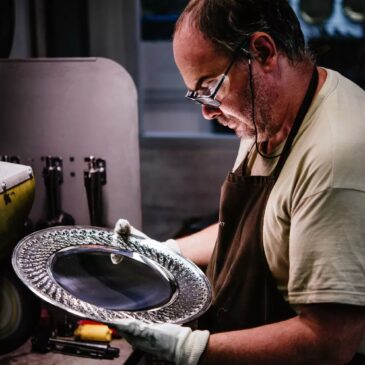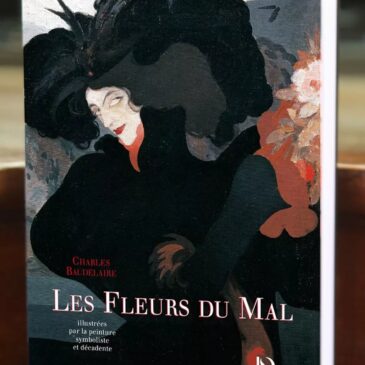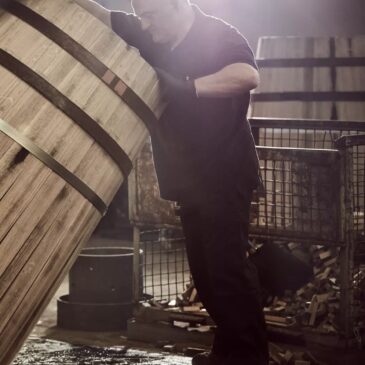Leather/Leather Goods
Leather has always been one of France’s areas of excellence.
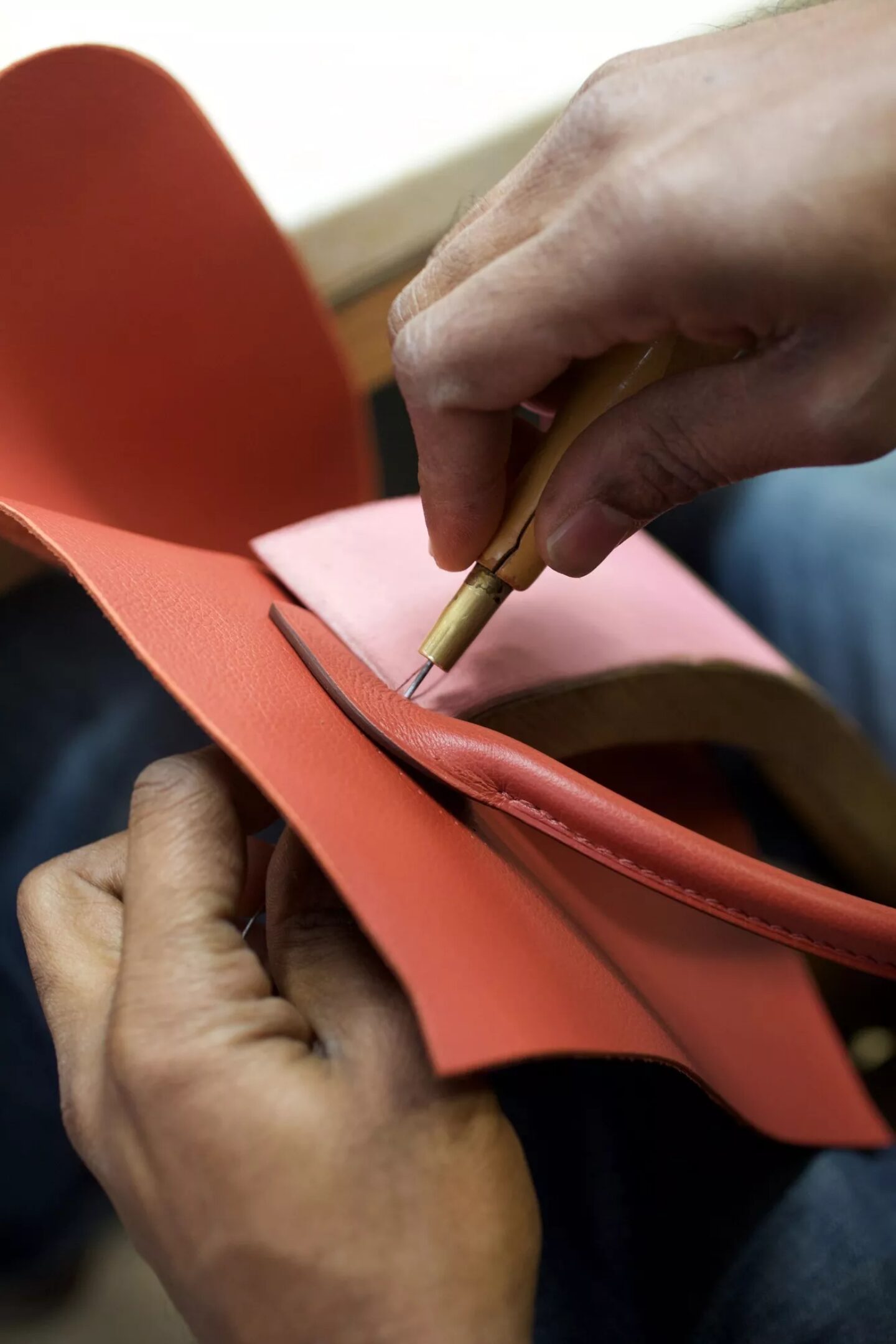
The history of hides
The leather industry is one of the oldest in human history. However, it wasn’t until the 16th and 17th centuries, at the instigation of Colbert, that leather métiers took on a greater significance. France quickly became the largest producer of high-quality hides in Europe.
At the time, there were more than 5,000 tanning workshops, employing 30,000 to 40,000 people. Each town or village had its own tannery and one or more tanning mills to make the bark powder used for vegetable tanning. In those days, leather was the only material that was both supple and hard-wearing, so it was used very frequently and to make numerous objects.
As leather had many possible uses, a royal leather manufacturing complex was created in 1749. The 18th century saw the considerable development of luxury items. However, the French term maroquinerie (leather goods) only appeared in the 19th century when the wallet was created in 1835. It came from the term “maroquin”, meaning leather from the hides of billy goats and nanny goats, the tanning of which was allegedly invented in Morocco.
Over the centuries, this industry benefited from various patents, including one for quicker tanning by chemist Armand Seguin. Before World War II, leather represented the third most important industry after metalwork and textiles.
A hard-wearing material
Faced with the onslaught of plastic, the leather industry had to make some adjustments. Like a chameleon, it adapted to trends, developing waxed, scarified, patent, pleated and printed effects. Hides were made lighter and blended with other materials. The industry also began its commitment to protecting the environment.
With hand stitching and the patina that develops with age, now more than ever, leather remains synonymous with French luxury.
